‘We want concrete over our heads’
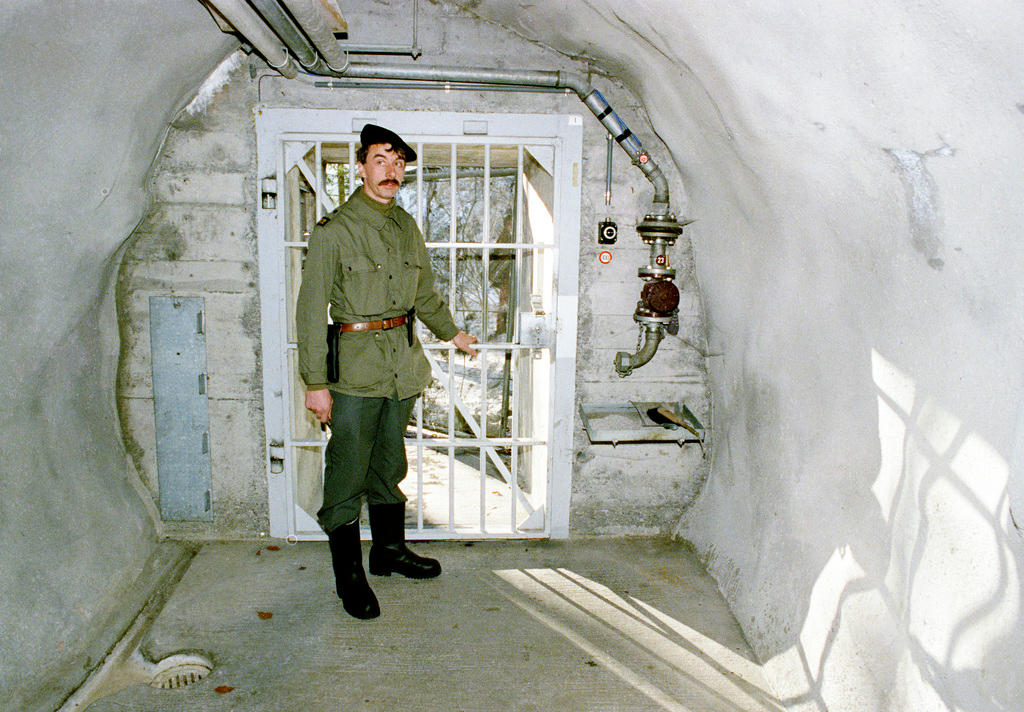
Swiss historian Jost Auf der Maur has written a book 'Die Schweiz unter Tag' about underground Switzerland. His journey took him from beautiful drinking-water reservoirs to the negative consequences of power politics and gives a new perspective on Switzerland.
Luzerner Zeitung: What fascinates you about underground Switzerland?
Jost Auf der Maur: This realm beneath Switzerland is a significant size, and I’m interested in our country and its history. Without its expensive underground infrastructure, Switzerland definitely wouldn’t function. So anyone who wants to know Switzerland must also investigate below the surface.
Luzerner Zeitung: How did you experience underground Switzerland? What can you see there?
J.A.d.M.: The smell of underground Switzerland isn’t the same everywhere: each train travelling through a tunnel smells different. The odour inside the earth is not generally inviting. It’s damp and dank. The architecture is prosaic; it has to counter the incredible forces trying to close these wounds in the mountains. It’s easy to lose your bearings. And there is much that is unfamiliar to an amazed amateur like myself, so you don’t notice it unless someone’s there to explain it.
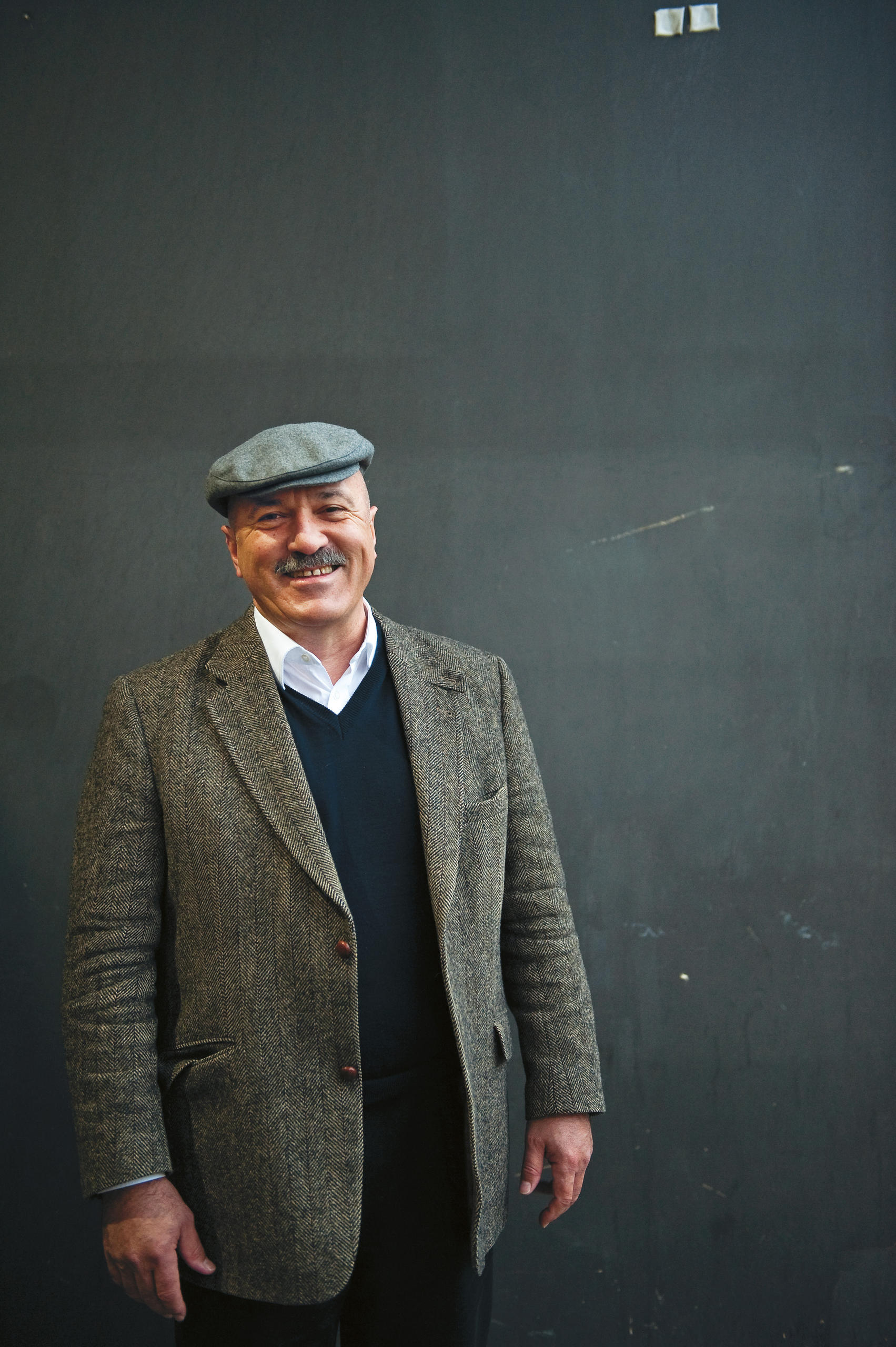
Luzerner Zeitung: What made the biggest impression on you?
J.A.d.M.: The variety. And I was struck by the underground caverns of the waterworks built in the middle of the last century. These aesthetically constructed cathedrals of progress celebrate unbroken faith in technology – the eternal singing of the generators is an appropriate accompaniment. On top of that, a lot of the drinking-water reservoirs are simply beautiful. The preciousness of water is apparent here – it is immediately clear that drinking-water reservoirs are more important than underground bank vaults.
Luzerner Zeitung: What did you find most depressing?
J.A.d.M.: The ill-conceived constructs of power politics. The false investments by technicians and politicians who operated with tunnel vision to build things that were not grounded in common sense. Among these is the enormous bunker city Sonnenberg in Lucerne, conceived as a civil defence complex, and tunnels such as the so-called Bedretto Window. It’s more than five kilometres long but a train never went through it. Much of the fortification building is also questionable. The fortresses were built mostly in anticipation of wars that had already happened.
Luzerner Zeitung: But your book reveals that underground Switzerland is only partially connected to our army.
J.A.d.M.: That’s correct. The Swiss Army has built three generations of fortifications since the founding of the Swiss Confederation. The last was completed only after the Cold War and was quickly abandoned because it was obsolete. But the army built only about 8% of the underground constructions. That is 250 kilometres of accessible hollow space. Transport accounts for 1,240 kilometres, water services 800 kilometres and civil defence 1,200 kilometres, so these are much more extensive.
Luzerner Zeitung: Relative to its size, Switzerland is world champion in building underground facilities. What do you conclude from that?
J.A.d.M.: Switzerland has extended its territory towards the centre of the Earth; that’s an objective fact. This can be very practical – and “practical” is a hallowed term to the Swiss. There are two further qualities and they are contradictory: one is about connecting, the other about sealing off. Both obviously fulfil strong needs. We want to cross the Alps quickly to go south or north. But we also want reinforced concrete over our heads in case it comes to the much-discussed Ernstfall, or “emergency scenario”. Since 1847, our country has been spared this Ernstfall, but it remains the most serious of all words in our vocabulary. During the Cold War, almost everything could be justified and pushed through on the grounds of a potential Ernstfall.
Luzerner Zeitung: Much of what was built then seems completely crazy now, Sonnenberg for example. And yet it’s not wholly absurd to want to protect citizens, even if this sometimes seems to go beyond the requirements.
J.A.d.M.: The Sonnenberg bunker city is a relic of Cold War thinking. The question of whether to invest billions in concrete bunkers for Day X or to use the resources to improve society is also a philosophical one. We were almost the only people in the world to decide on a concrete cover. This is unique to Switzerland.
Luzerner Zeitung: Perhaps we will still be glad of the reinforced concrete cover: the US and North Korea are threatening each other with nuclear weapons. Where can people protect themselves from the possible consequences other than underground?
J.A.d.M.: The best protection starts long before the panicking. We have to stop the fear-merchants, which requires culture, self-confidence, civil courage, enlightenment and communication.

More
The cabinet bunker
Luzerner Zeitung: You view the defence aspect of underground Switzerland with scepticism, even criticism. Can’t this also be seen in a positive light? And doesn’t the country’s topography force the Swiss to bore holes?
J.A.d.M.: It’s true that the topography invites us to do nothing other than bore hole after hole. I’m not saying that just to criticise it, I’m simply making an observation. And I’m impressed and full of respect for many achievements. But when the army sinks CHF12-15 billion ($12.4-15.5 billion) into the rocks in canton Uri without the people’s approval – as it is doing at the moment with its computer project Network Enabled Operations (NEO) – then I become sceptical. NEO is intended as a kind of commanders’ viewing station from which the generals can observe the Swiss battlefield in real-time. I’m afraid that something is brewing there which will make the 1961 scandal over the spiralling costs for Mirage fighter planes look like child’s play. I’m waiting with interest to see which media will be courageous enough to investigate the case.
Luzerner Zeitung: In your book, you conclude that the Swiss feel safe underground because they are a country of agoraphobes: they are afraid of empty, open spaces. What makes you say that?
J.A.d.M.: Perhaps because it’s painful for us to leave a space empty, unused, not serving any commercial purpose. Perhaps as inhabitants of a peasant republic, we just can’t cope with feudal open spaces. Such spaces surrounded by wonderful architecture like those we see in Italy, Russia and France require a confident, upright step. Most of us fall short when it comes to taking pleasure in an elegant stride. Even if we could do it, we would be embarrassed about it.
Luzerner Zeitung: Given its agoraphobia and special need for concrete cover, Switzerland hasn’t done too badly. Is underground Switzerland perhaps also the secret of our success?
J.A.d.M.: The term “secret of our success” fits perfectly. We build carefully, we are discreet, we are perfectionist, we want what is practical. The sovereign people regularly votes Yes to underground construction. We want to be able to rely on these underground facilities. They give our country stability – not just in a functional sense but also, certainly, in a metaphysical way.
Luzerner Zeitung: When you say “we build,” that is true only up to a point. We mostly leave the dirty work to foreigners. This, too, is the subject of many critical comments in your book.
J.A.d.M.: The people who built Switzerland’s underground infrastructure did it for the wages. The workers who built the first Gotthard rail tunnel were paid a daily wage equivalent to four kilos of bread.
Luzerner Zeitung: You write that the building of Switzerland’s underground facilities has claimed more than 10,000 lives in the past 150 years. How did you arrive at this huge figure?
J.A.d.M.: I added it all up. I also added those who died because of the living standards alongside the tunnel construction, which were sometimes incredibly bad. They died of typhus, tuberculosis, worms and flu – they died of diseases that flourished in these inhumanly tight spaces. That’s why I included women and children who lived in the tunnel villages, as well as the miners themselves. And the hundreds who were sick and were sent home with a handful of money so that they didn’t cost Switzerland anything in their death throes. It is high time for us to erect a memorial site to show our gratitude.
Luzerner Zeitung: Is construction work in underground Switzerland finished?
J.A.d.M.: Not at all, on the contrary, there’s a waiting-list of tunnels to be built. And hopefully the underground transport system Cargo Sous TerrainExternal link will be built. It carries no ecological risks and would considerably ease the traffic above ground.
Facts and figures
The combined length of all the manmade underground tunnels that are theoretically accessible is 3,750 kilometres – the distance from Zurich to Tehran. This is more than any other country in relation to surface area.
The bulk of these underground constructions are not for military purposes (just 250km) but serve the water supply (803km), transport (1,238km), civil defence (about 1,200km), research (50km) and mining (300km).
There is enough underground protection for 115% of the population. In no other country is there more than enough to accommodate the entire population.
The excavated earth would fill a goods train more than 10,000 kilometres long. If the train was travelling at 60km/h, a level crossing would remain closed for seven days.
Source: Jost Auf der Maur: Switzerland unter TagExternal link. 144 pages with illustrations. The book is published by Echtzeit-Verlag.
This interview was originally published in the Luzerner Zeitung External linknewspaper
(Translated from German by Cathy Hickley)

In compliance with the JTI standards
More: SWI swissinfo.ch certified by the Journalism Trust Initiative



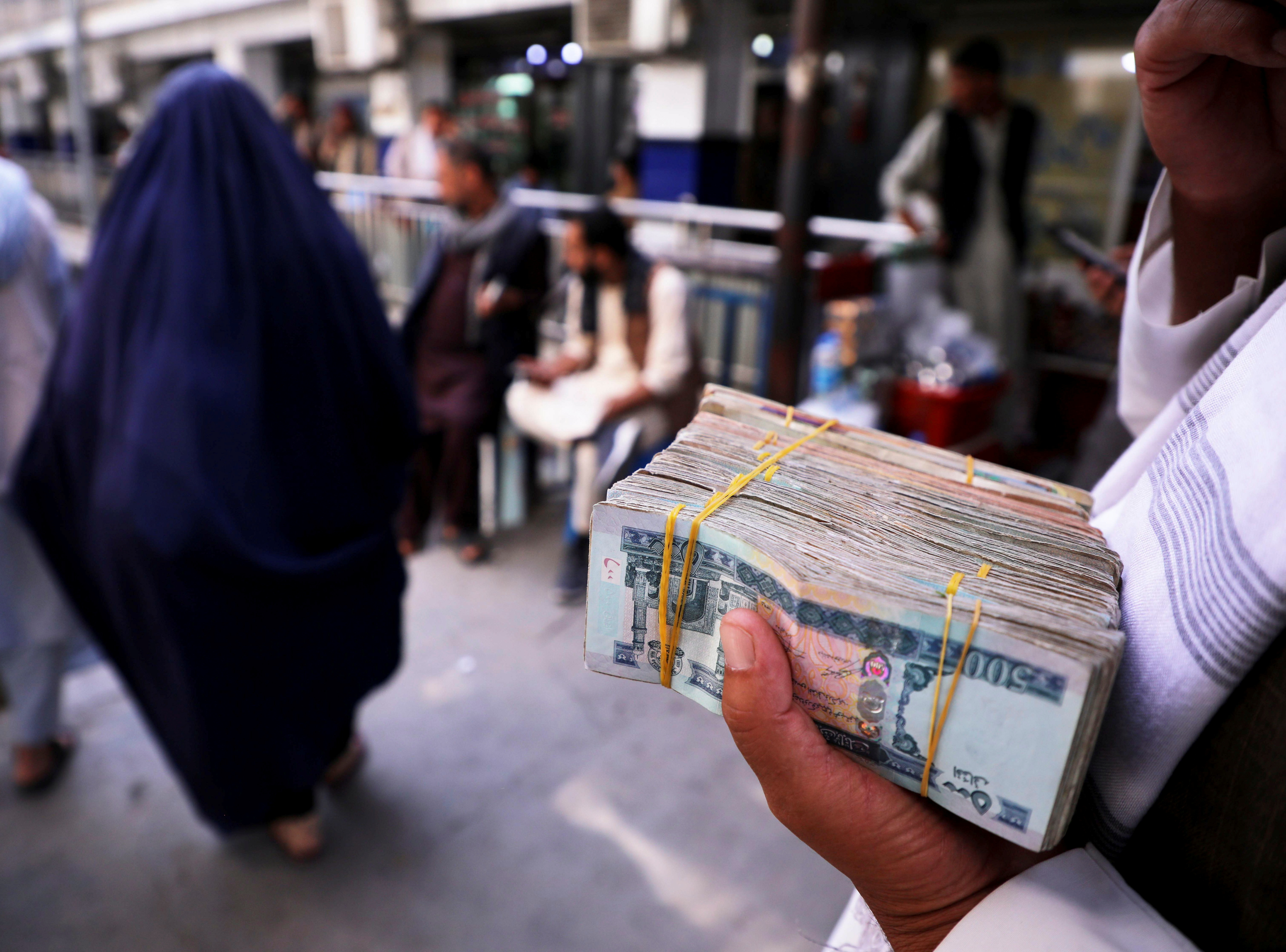





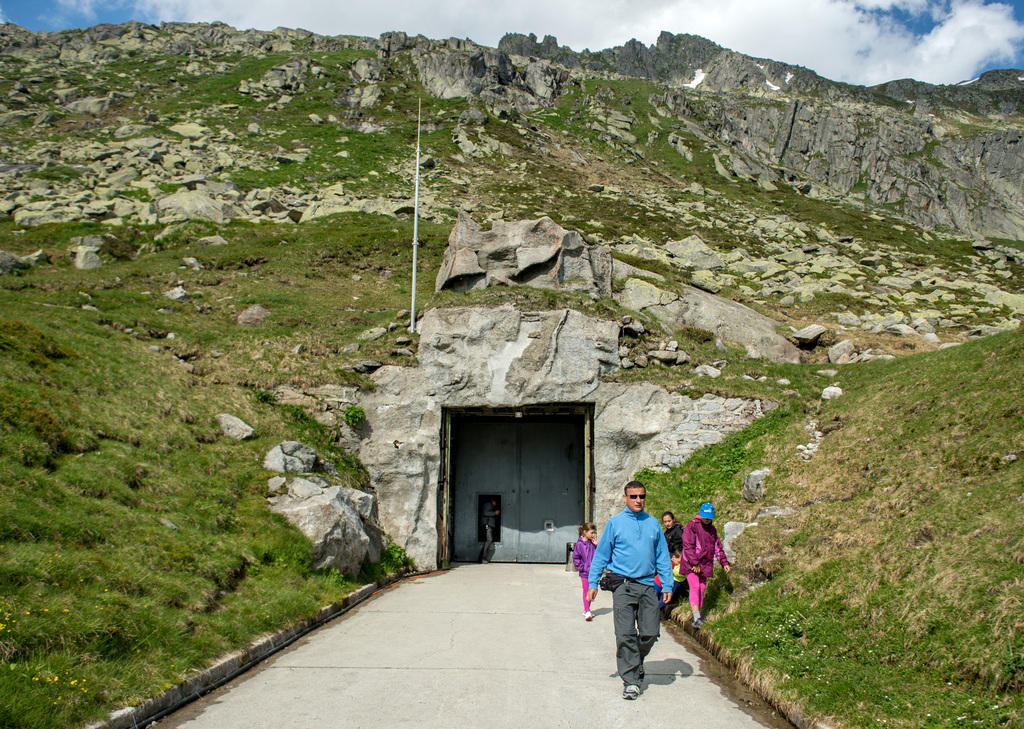

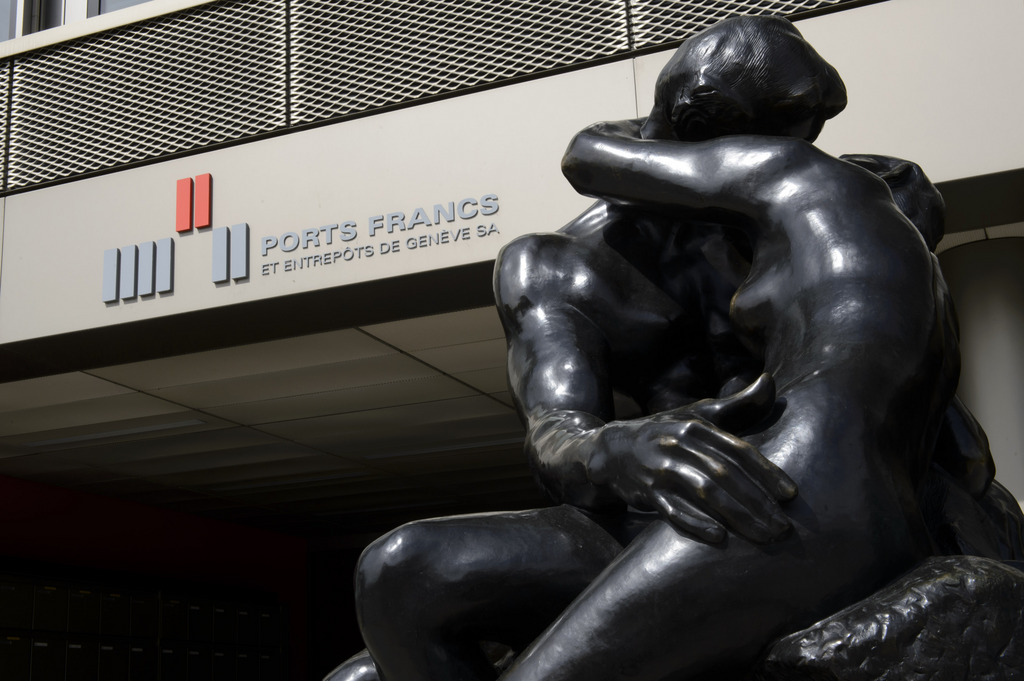
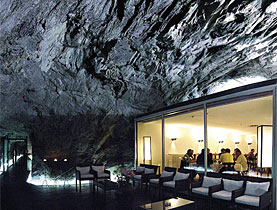
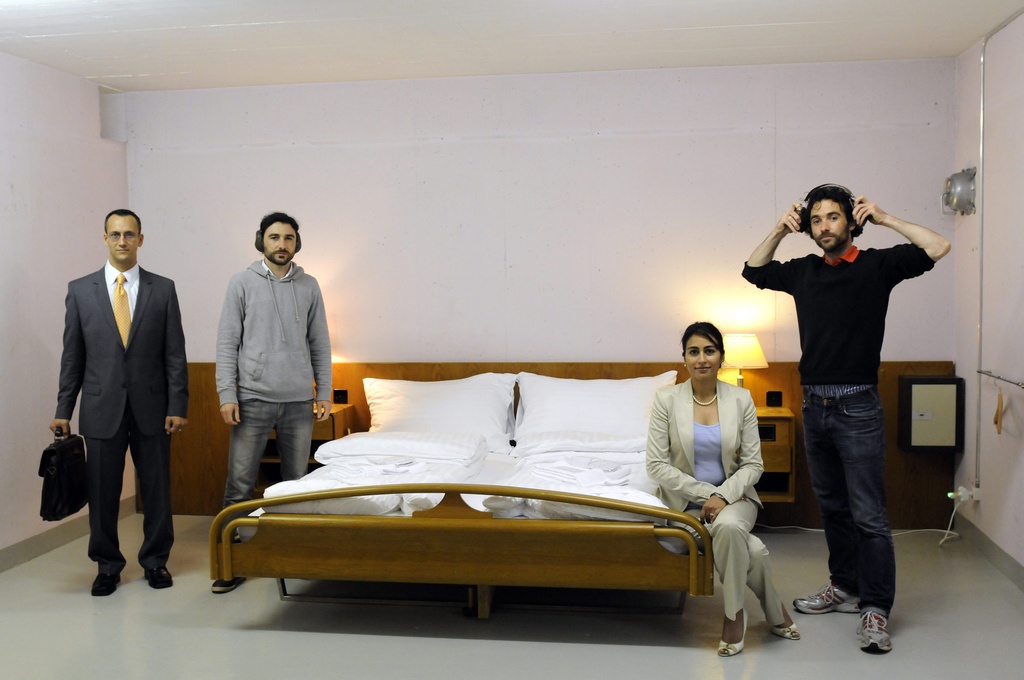
You can find an overview of ongoing debates with our journalists here . Please join us!
If you want to start a conversation about a topic raised in this article or want to report factual errors, email us at english@swissinfo.ch.